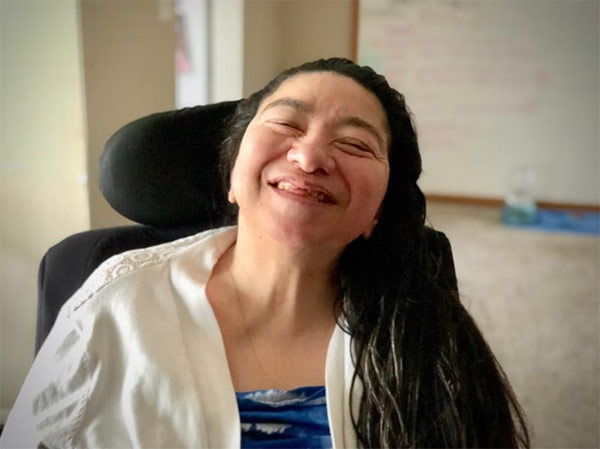THE FACES OF THE HOUSING CRISIS
California’s community-based developmental services system works to meet the needs of more than 330,000 people with developmental disabilities. The struggle for affordable housing is not unique to this community, but it is exacerbated by discrimination, zoning policies, local growth limitations, and accessibility needs. Once the state’s developmental centers close, the state will save up to $100M annually (per a recent Legislative Analyst’s Office report). It will also realize a benefit from the disposition of the properties. This is an opportunity to use one-time General Fund dollars to jumpstart housing developments, and ongoing revenues from the disposition of developmental center properties to sustainably fund affordable housing development in the future.
While the majority of Californians with developmental disabilities live at home (92.7% of regional center clients aged 18-21, 78.5% of clients aged 22-31, and 58.8% of clients aged 32-41), for too many this is not the choice promised by the Americans with Disabilities Act, the Olmstead mandate, and the Lanterman Act.
The vast majority of people with developmental disabilities rely on SSI/SSP as their only source of income – less than adequate to afford typical market rents in almost every county in California (as a point of reference, “affordable” housing is defined being 30% or less of a person’s income – for an SSI/SSP recipient, that is less than $300/month). But it gets worse. Most so-called affordable housing units remain unaffordable, requiring two or three times the monthly rent to qualify. And affordable housing units with rents affordable to people at extremely low incomes typically have multi-year waiting lists. Waitlists for Housing Choice Vouchers – aka Section 8 – are rarely open, and flooded with applicants when they are. And across the state, Housing Authorities report that Housing Choice Voucher recipients struggle in today’s overheated rental market to find a unit before the voucher expires. Granted, recipients cannot find available units accepting the voucher.
The extreme housing challenge facing people with developmental disabilities warrants a response similar to the responses given to other extremely low- income groups. California has a history of designing effective affordable housing and supportive service programs for vulnerable populations, including The Mental Health Services Act, Veterans Housing and Homeless Prevention Program, and No Place Like Home. With dedicated gap funding, people with developmental disabilities can benefit from Low Income Housing Tax Credit affordable housing the same as other vulnerable, extremely low-income Californians.
To learn more about housing options for Californians with IDD please visit https://www.dds.ca.gov/LivingArrang/Home.cfm.



